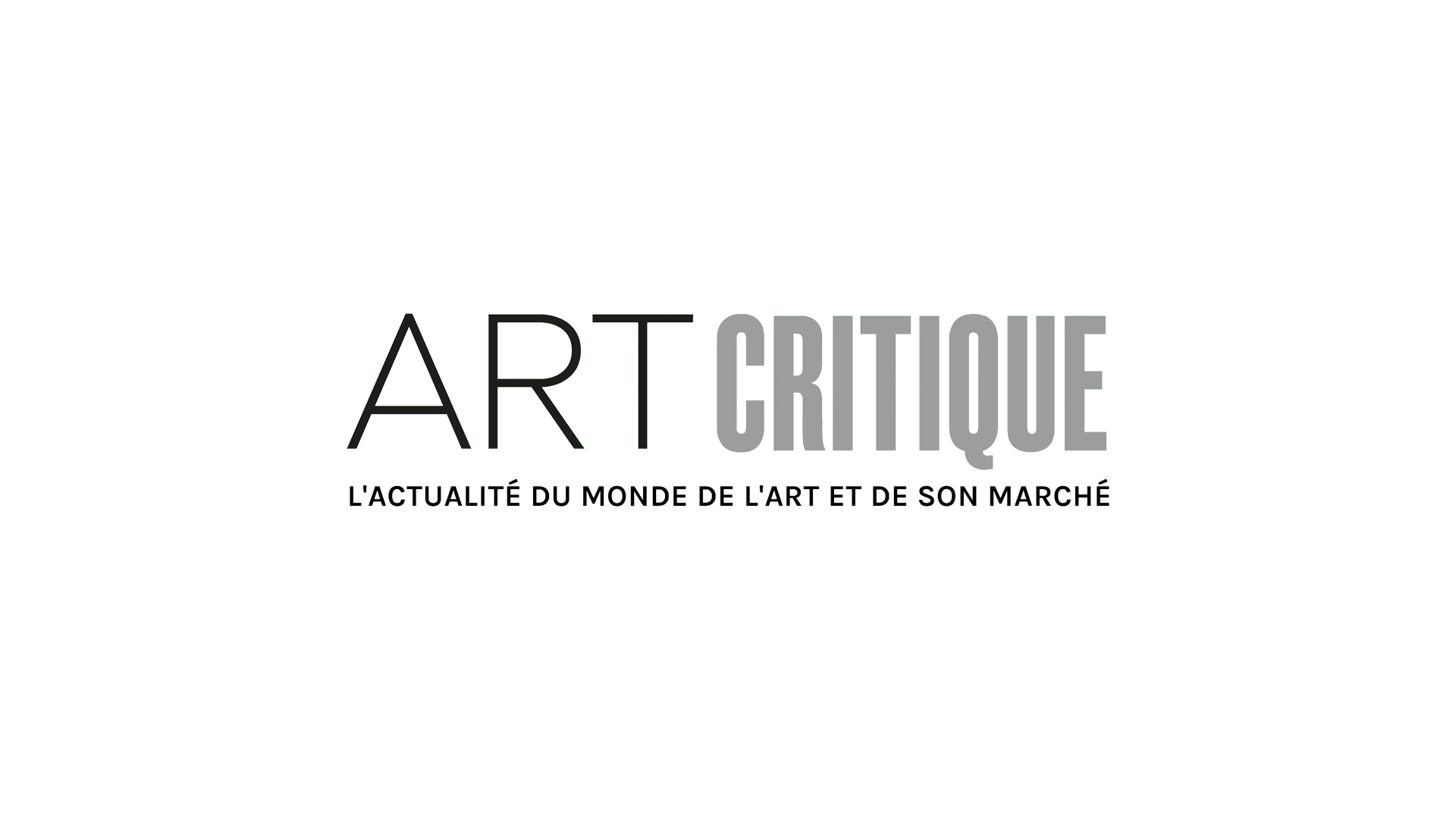When it comes to Pasolini, nothing can ever really be considered strange and Paolo di Paolo is an important figure in the pasolinian movement. In 1959, while working for a weekly magazine, he and the poet were commissioned to report in words and images about Italy over the summer. This work eventually became The Long Road of Sand. Pasolini’s summer journal has often been re-edited (translated into French by Arléa), but without the original or even any other photographs. The interplay between Pier Paolo Pasolini’s notes and what Paolo di Paolo’s magnificent images capture is nevertheless essential; the beauty of Italy, the desire that languid bodies arouse, and at the same time the Americanization of landscapes and morals, all that is at the heart of the pasolinian obsessions, the most vital of his literary and cinematic factory. Fortunately, MAXXI of Rome has made it possible to take viewers on this journey, this “long road” (more than 250 images), through the prolific work of a short-lived photographer.
In fact, Paolo di Paolo only spent about 15 years as a photographer. While he was a highly skilled and famous news photo journalist in post-war Italy, he gave up working in that field in the mid-1960s. His archives, complete, classified but forgotten, remained untouched until recently. Since their rediscovery the archives are now the subject of both a book and a major Roman exhibition. It would have been difficult to show di Paolo anywhere else but Rome. Although he was not born in that city, he often travelled there in his youth and, even if he later travelled extensively (as witnessed by his beautiful photos of America which were sometimes a bit abstract), it was Rome that gave him the most prestigious stage, it was Romans who posed for him, both the common folk as well as more worldly subjects.

Di Paolo is both a reporter and a portraitist. Also, like Pasolini, he enjoyed watching young boys at play as well as spying on stars of that somewhat legendary era where Italy, between Via Veneto and Lido, was the birthplace of cinema. The two artists also had in common a great admiration for Anna Magnani, for whom di Paolo produced some of the most intimate portraits. Also adorning the walls of MAXXI are photos of other stars such as Monica Vitti walking alongside Antonioni, or Mastroianni alone in a café, an almost perfect image that could have been taken for films like L’Avventura or La Notte. The poets are represented, among which there is a photo of Ezra Pound of striking intensity. Alongside them are the city dwellers and peasants from an Italy barely free of fascism and great poverty, but already committed to a rapid social modernization that engendered extreme cultural contrasts. It’s difficult to imagine of the coexistence of agrarian scenes (familiar to di Paolo who had grown up in a village of Molise) and the petty bourgeoisie riding their Vespas along the beaches.
That’s why it was appropriate for MAXXI to give the retrospective the subtitle “A lost world” – but it must be immediately added that, thanks to Paolo di Paolo, this lost world has been found again, in all its raw beauty. And Pasolini’s presence is there throughout the entire journey, he whose di Paolo was, with Dino Pedriali, the best portraitist. The photographs showing Pasolini’s first films being shot, or the snapshots of his home life with his mother are worth an extended look. But the two most fascinating images, the most unforgettable, show on one hand an elegant poet and dreamer in front of the urn of Gramsci at the cemetery of Porta Ostiense, and on the other, a lover overcome by desire, on a beach, in front of a group of almost nude young men. All the opposition of life is contained in this confrontation and perhaps more; all the electricity of a time that arouses both emotion and nostalgia in the viewer.

Paolo di Paolo, Lost World, 1954-1968 – until June 30 – Rome, MAXXI
All photographs: ©️ Paolo Di Paolo Archives / Courtesy Collezione Fotografia MAXXI.






